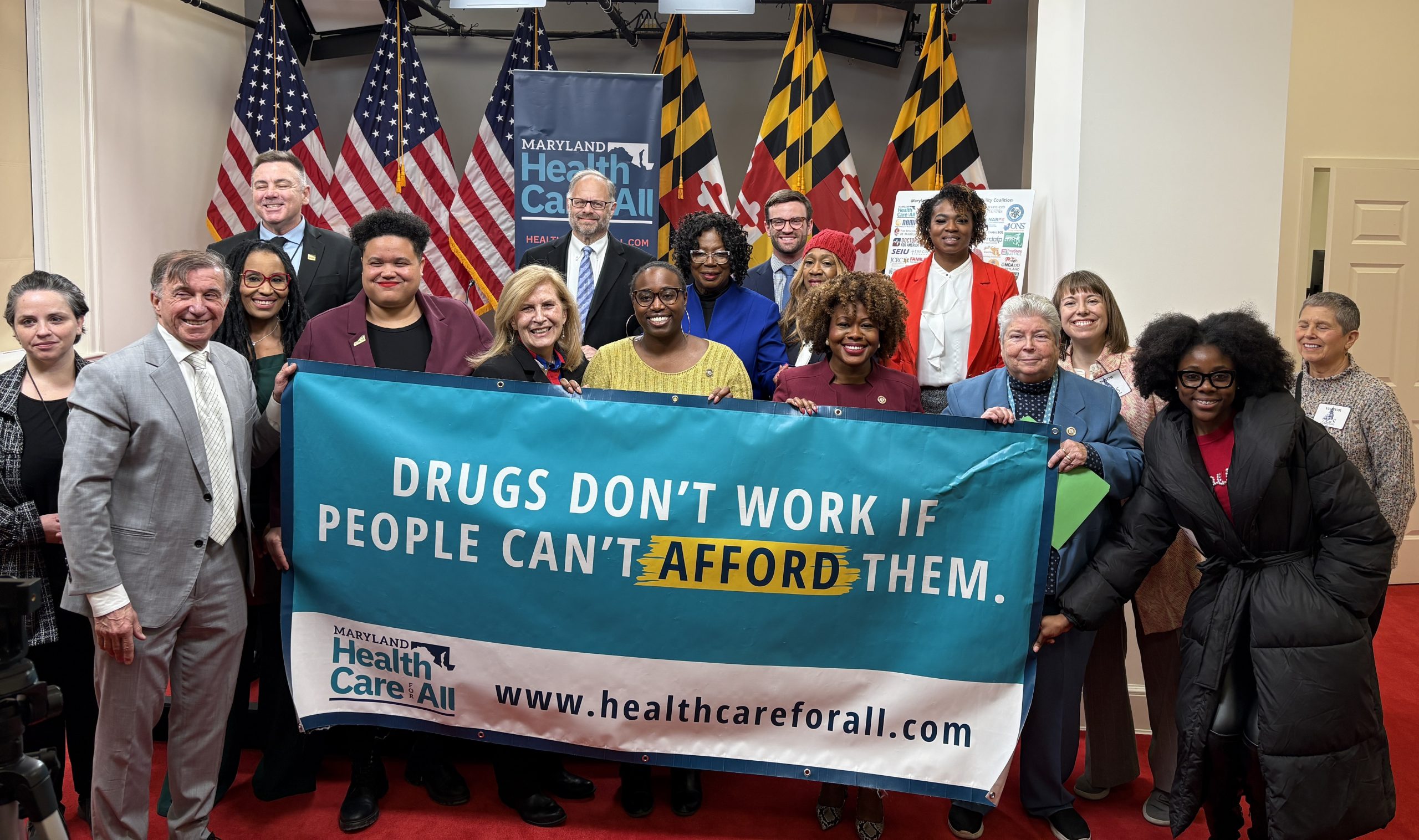Baltimore Sun
Opinion
February 21, 2018
If the Trump administration’s goal was to increase the ranks of the uninsured, it could scarcely have thought of a better policy than the one it announced Tuesday, in which it expands the short-term insurance plans that are exempt from Affordable Care Act standards. In one stroke, it found a way to make virtually useless plans more available for healthy people while making insurance that actually covers the treatments and services needed by people who are or could become sick more expensive. Coupled with the end of the federal requirement that most taxpayers buy insurance or pay a penalty, the administration has come up with a recipe for destabilizing individual insurance markets and putting coverage out of reach for those who really need it.
Fortunately, Maryland can take matters into its own hands, and health policy experts have proposed an ingenious way to do it.
Advocates here have been discussing the idea of creating a state-level individual mandate since even before the federal tax cut legislation eliminated the national one, and now the planned expansion of short-term insurance policies adds to the urgency for the state to move forward. But the legislation that the General Assembly will consider actually improves on the individual mandate in terms of both policy and politics.
The ACA’s individual mandate was a stick — a tax penalty, based on your income, if you don’t have health insurance. The Maryland version, which is up for hearings in the state Senate and House of Delegates this week, not only adds a carrot to the equation, but that carrot is peeled, cut into sticks and served with veggie dip. Here’s how.
Rather than flowing into the government’s general fund, as current ACA individual mandate penalties do, the fees associated with Maryland’s proposed individual mandate would be held as a down payment for a taxpayer to buy insurance. Only if an individual actively chooses it would the money go into the general fund.
Advocates estimate that 60,000 Marylanders could get ACA-compliant coverage for no more than the cost of the penalty, once federal subsidies are taken into account. That’s a strong incentive to buy coverage. But the legislation goes beyond that to make it easier for people to sign up.
When filing state taxes, those subject to the fee would have the option to have the insurance exchange calculate whether they could get coverage for no additional cost and to sign up immediately. At open enrollment time, those who paid the fee would be reminded that they have the option to use it to buy coverage for the next year.
Alternatively, those who anticipate that they will need to pay a fine when they file their taxes in the spring can pre-pay it during open enrollment in the fall as a lump-sum down payment on a policy. It’s how the individual mandate should have worked in the first place.
The bill’s success in the General Assembly is not assured, however. The insurers on Maryland’s individual marketplace have been supportive of a state-level individual mandate, but they want the money to go toward creating a reinsurance pool — a mechanism other states have used to help cover the costs of particularly sick and expensive patients and reduce the expense of individual policies on insurance exchanges. The Trump administration actually encouraged states to apply for waivers that would cover much or all of the cost of setting up reinsurance systems, but it has recently sent mixed signals about its intentions. Regardless, Maryland should absolutely work toward creating a reinsurance system, and the money will have to come from somewhere.
But fees from a Maryland individual mandate aren’t a good source. The goal of both the mandate and the reinsurance pool is to create conditions in which more people will be covered and policies will be more affordable, but the more successful the former is, the less money will be available for the latter. And as a practical matter, the timing doesn’t work. The state mandate wouldn’t kick in until 2020, when the federal one expires, but we need funding for reinsurance now.
Then there are the political considerations. Gov. Larry Hogan has been working with Democrats in the legislature to shore up the insurance marketplaces here, but he has in the past expressed reservations about the individual mandate, saying it’s really nothing more than a tax. The idea of turning the fees into a down payment on each individual’s insurance changes the nature of the conversation and could make it more likely that Mr. Hogan wouldn’t stand in the way and might even support the measure. The Trump administration has made clear that it isn’t done with its efforts to undermine the ACA. We can’t take any chances with our work to preserve it.
Last modified: February 21, 2018Last modified: February 21, 2018



